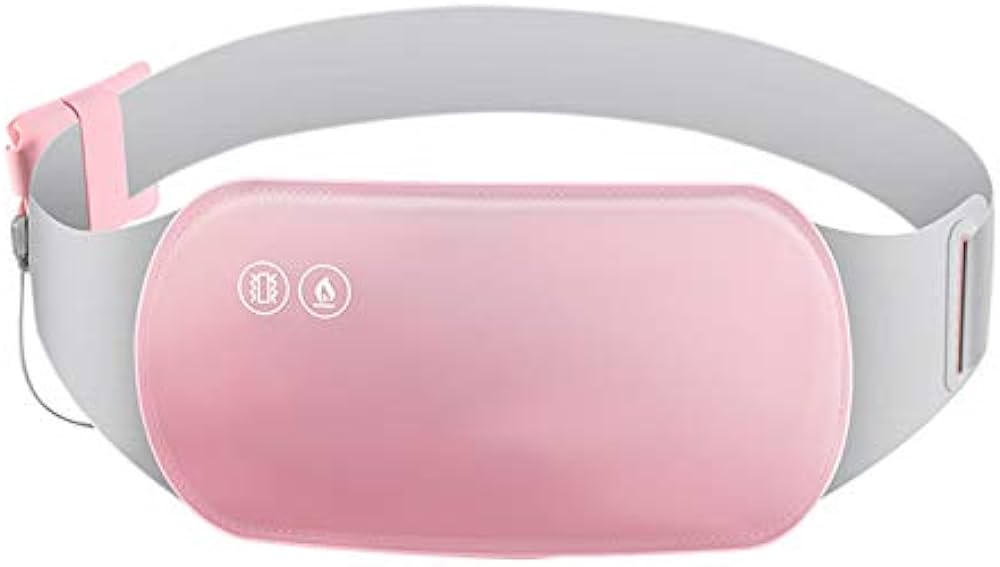
Where is the best place to put a heating pad for period cramps?
Introduction
Period cramps, also known as dysmenorrhea, can be extremely uncomfortable and debilitating for many individuals. One effective and non-pharmaceutical way to alleviate the pain and discomfort associated with menstrual cramps is by using a heating pad. Proper placement of the heating pad is crucial to ensure maximum relief and effectiveness. In this comprehensive guide, we will explore the best places to put a heating pad for period cramps and provide specific instructions for optimal pain management.
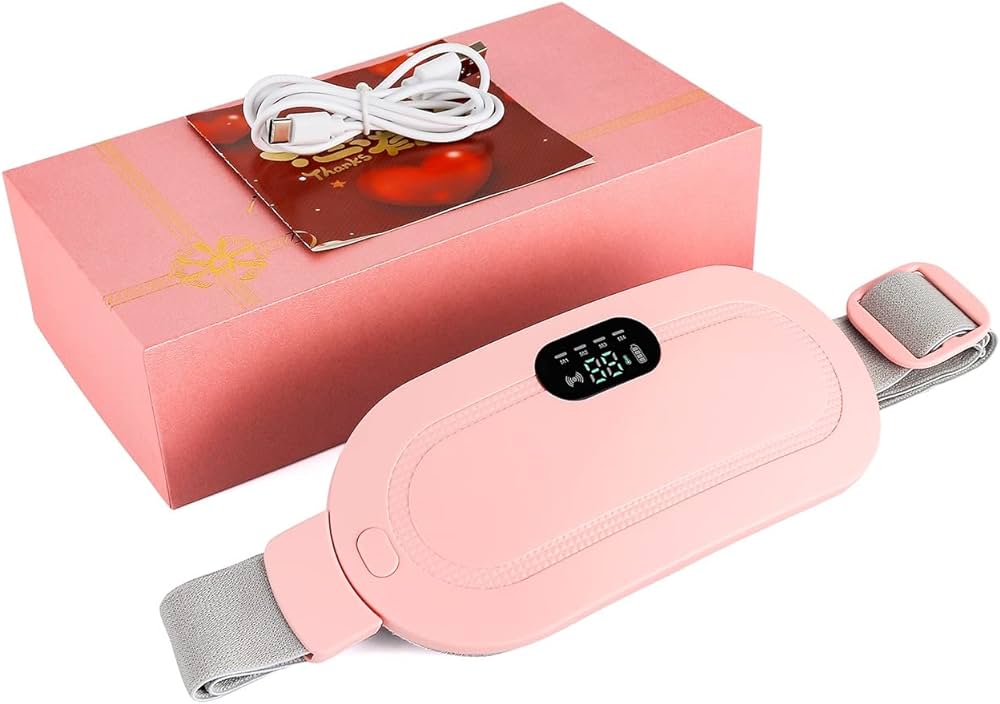
Where is the best place to put a heating pad for period cramps?
Lower Abdomen
1.1. Ideal Placement
Placing a heating pad on the lower abdomen is the most common and effective method to alleviate period cramps. Position the heating pad directly on your lower abdomen, focusing on the area where you feel the most intense pain or discomfort.
1.2. Temperature Considerations
Set the heating pad to a temperature that is warm and soothing, but not too hot. Start with a lower setting and gradually increase the heat until you find a comfortable level.
1.3. Covering the Heating Pad
Cover the heating pad with a thin towel or cloth before placing it on your lower abdomen to prevent direct contact and protect your skin from excessive heat exposure.
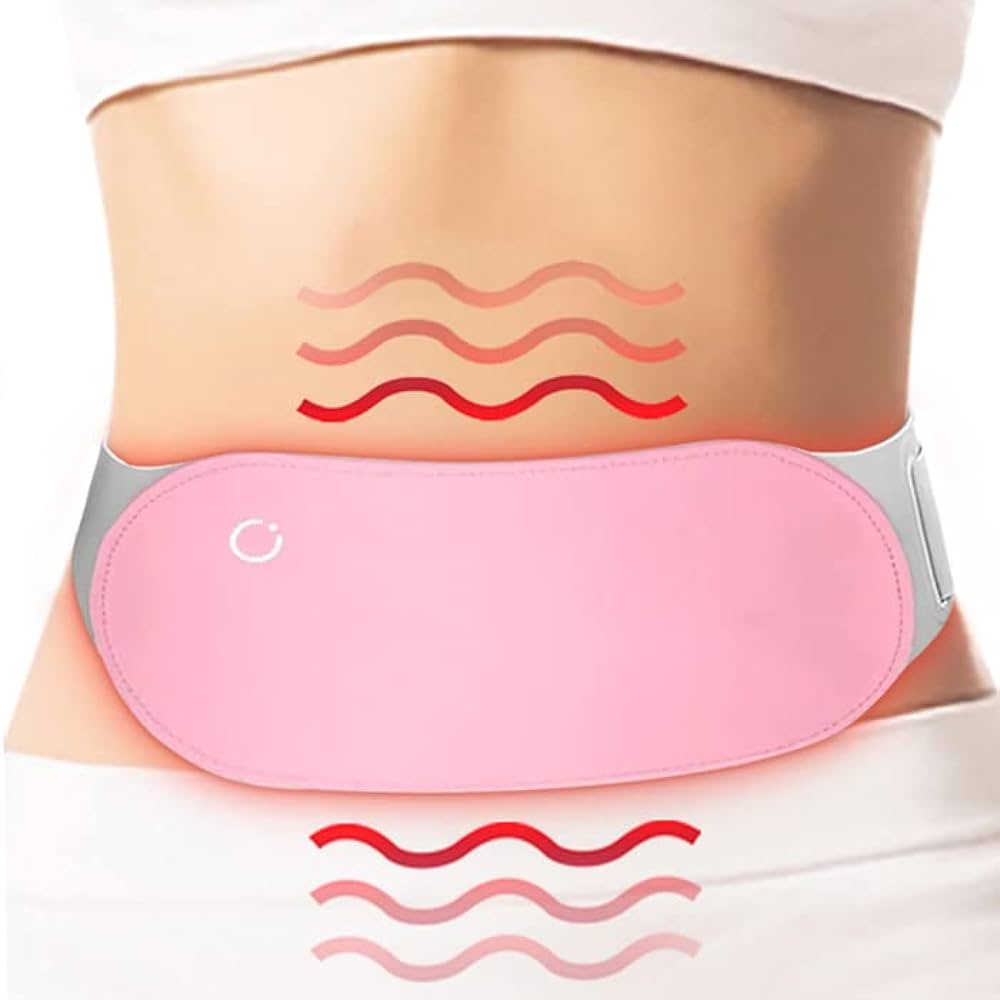
Lower Back
2.1. Alternative Placement
For some individuals, period cramps can radiate to the lower back. If you experience pain primarily in this area, consider placing the heating pad on your lower back instead of the abdomen.
2.2. Placement Technique
Lie down on your stomach and position the heating pad on your lower back, focusing on the area where you feel the most discomfort. Ensure that the heating pad covers the affected area completely.
2.3. Temperature Control
As with the lower abdomen, adjust the temperature of the heating pad to a comfortable level that provides soothing heat without causing discomfort or burning sensation.
Pelvic Region
3.1. Broad Coverage
In some cases, menstrual cramps may be spread across a larger area, including the lower abdomen, lower back, and pelvic region. Placing the heating pad on the pelvic area can help provide relief for more generalized cramp pain.
3.2. Technique for Wider Coverage
Lie down on your back and position the heating pad across your lower abdomen, lower back, and pelvic region. The heating pad should cover the areas where you experience the most pain.
3.3. Adjusting the Temperature
Just like with the other placements, adjust the temperature of the heating pad to a level that feels soothing and comfortable for the broader coverage area.
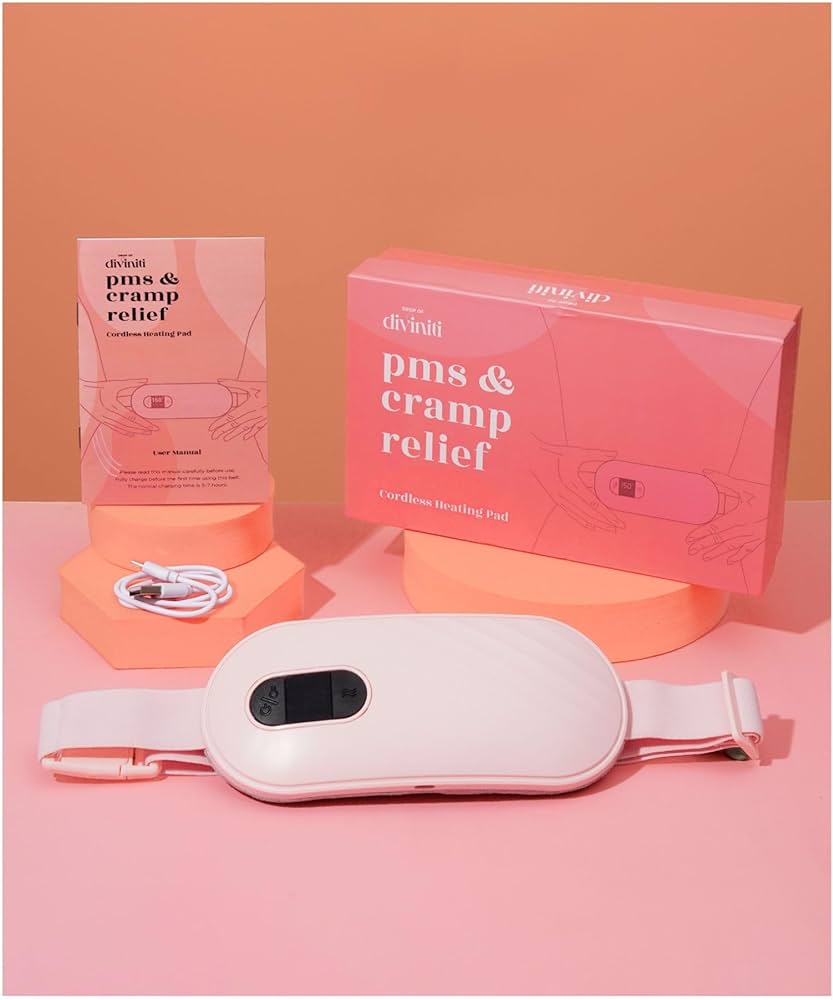
Duration and Safety Tips
4.1. Duration of Heat Application
Apply the heating pad for a duration of 15 to 20 minutes at a time. If needed, you can repeat the application several times throughout the day.
4.2. Safety Precautions
Follow safety guidelines provided by the manufacturer for the specific heating pad you are using. Ensure that the heating pad is in good condition, with no frayed wires or signs of damage.
4.3. Monitoring Your Body’s Response
Pay attention to your body’s response to the heating pad. If you experience any adverse effects such as itching, redness, or excessive heat, remove the heating pad immediately.
4.4. Never Sleep with a Heating Pad
It is crucial to avoid sleeping with a heating pad, as prolonged exposure to heat can cause burns or other skin injuries. Always remove the heating pad before going to sleep.
Additional Pain Management Techniques
5.1. Over-the-Counter Pain Relievers
In addition to using a heating pad, you may consider taking over-the-counter pain relievers specifically designed for menstrual pain, such as ibuprofen or naproxen sodium. Consult your healthcare provider or pharmacist for recommendations and appropriate dosage.
5.2. Gentle Exercise and Stretching
Engaging in light exercise, such as walking or gentle yoga stretches, can help alleviate menstrual cramps by promoting blood flow and releasing endorphins, natural pain relievers.
5.3. Relaxation Techniques
Practicing relaxation techniques such as deep breathing, meditation, or taking hot baths can help relax your muscles and reduce the intensity of menstrual cramps.
5.4. Herbal remedies
Some individuals find relief from period cramps by using herbal remedies, such as drinking herbal teas with ginger or chamomile or applying essential oils like lavender or clary sage topically. Consult a healthcare professional or a qualified herbalist for guidance.
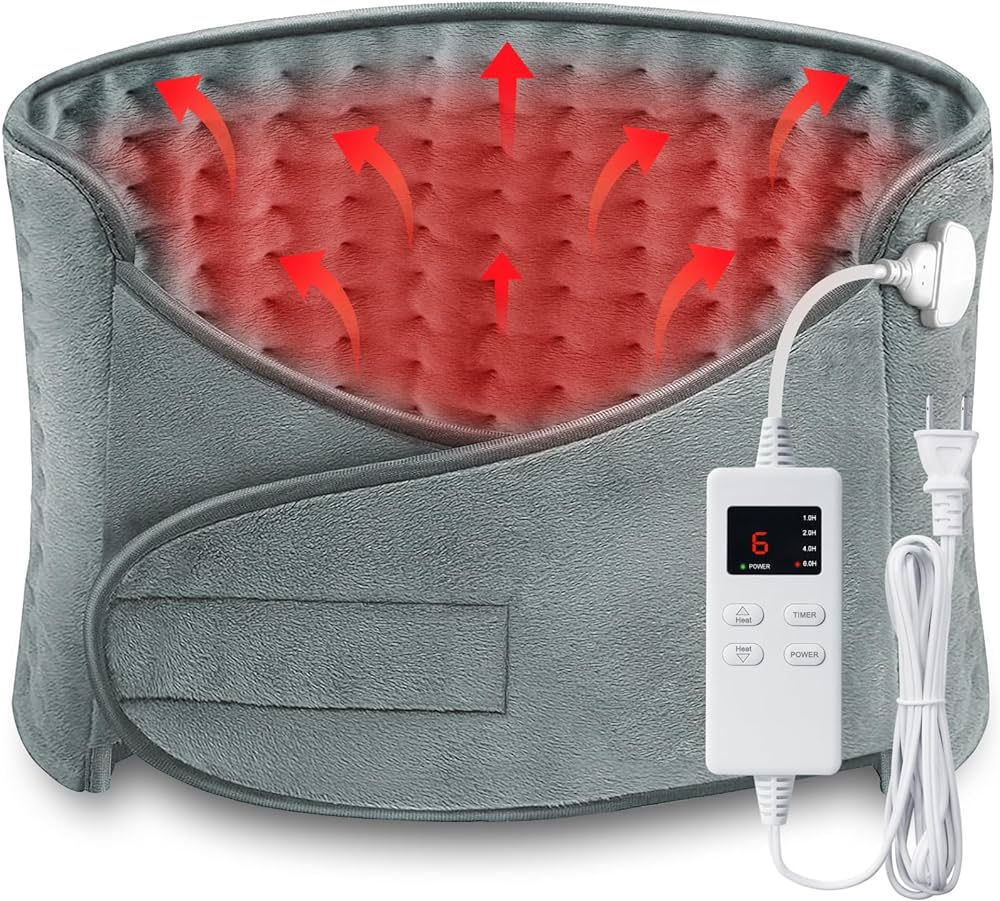
Seeking Medical Advice
6.1. Consulting a Healthcare Provider
If your period cramps are severely impacting your daily life, persisting for an unusually long time, or accompanied by other concerning symptoms, it is advisable to seek medical advice. A healthcare provider can evaluate your specific situation and provide appropriate guidance and treatment options.
Personalizing Your Approach
8.1. Understanding Your Pain Patterns
Keep track of your period pain patterns and individual responses to different pain relief methods. This will help you tailor your approach and determine the most effective placement of the heating pad for your specific needs.
8.2. Experimenting with Different Temperatures
Everyone’s pain tolerance and preference for heat may vary. Experiment with different temperature settings on your heating pad to find the level of heat that provides the most relief and comfort for your period cramps.
8.3. Combining Techniques
Consider combining the use of a heating pad with other pain relief techniques, such as gentle exercise, relaxation techniques, or over-the-counter pain relievers. Finding the right combination can enhance the overall effectiveness of managing your menstrual cramps.
Portable Heating Pad Options
9.1. Electric Heating Pads
Electric heating pads are a popular and convenient option for relieving period cramps. They come in various sizes and shapes, including portable options with battery-powered or USB-powered features, allowing you to use them on the go.
9.2. Disposable Heating Patches
Disposable heating patches provide localized heat and can be discreetly worn under clothing. They are convenient for situations where using a traditional heating pad may not be practical, such as when traveling or in public settings.
9.3. Heat Wraps
Heat wraps are another portable option that can offer continuous and long-lasting heat. They are designed to be adhesive and can be worn directly on the skin, providing warmth and relief throughout the day.
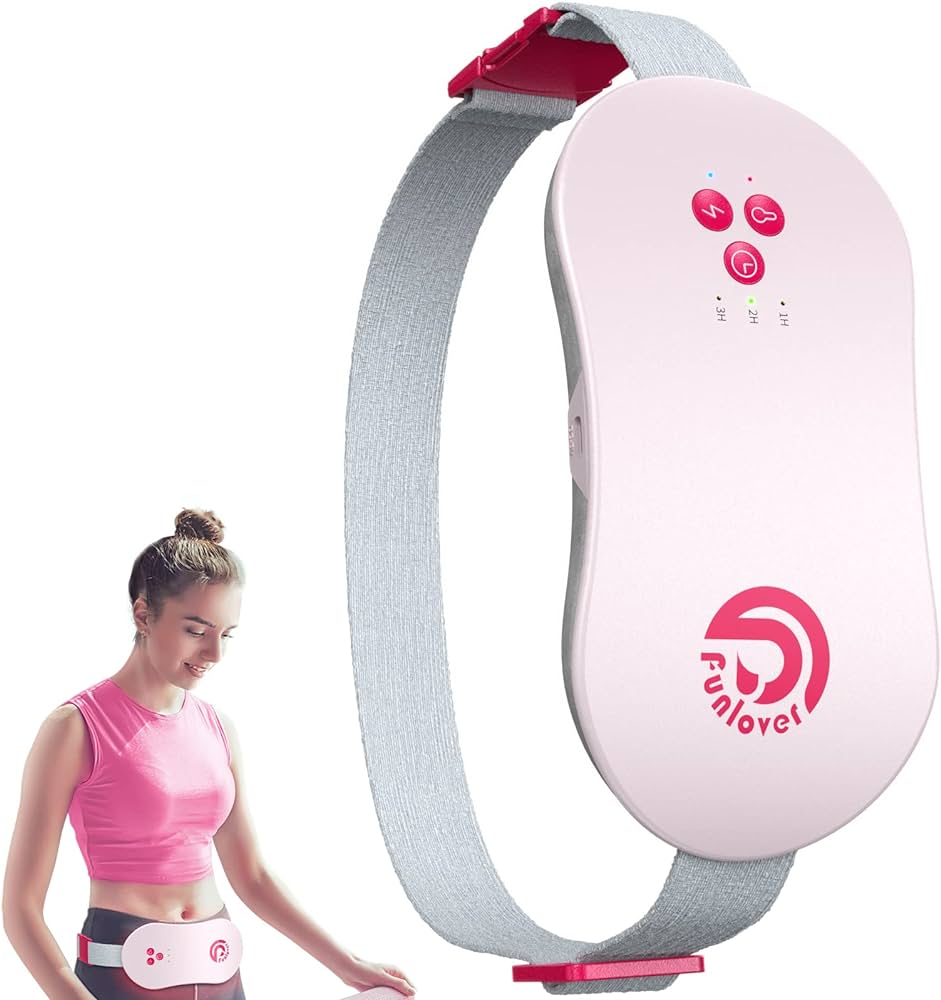
Conclusion
Using a heating pad for period cramps can be an effective and safe way to alleviate pain and discomfort. Placing the heating pad on the lower abdomen, lower back, or pelvic region, depending on the location of your pain, can provide targeted relief. Adjust the temperature to a comfortable level and use a thin cloth or towel to protect your skin. Remember to follow recommended time limits, prioritize your safety, and incorporate additional pain management techniques as needed. If your cramps are severe or persistent, consult a healthcare provider for further evaluation and personalized guidance.




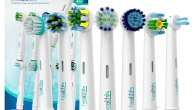
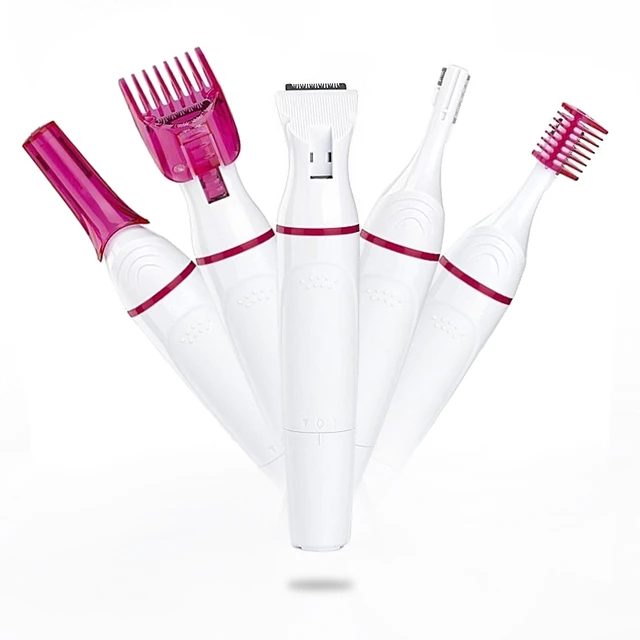
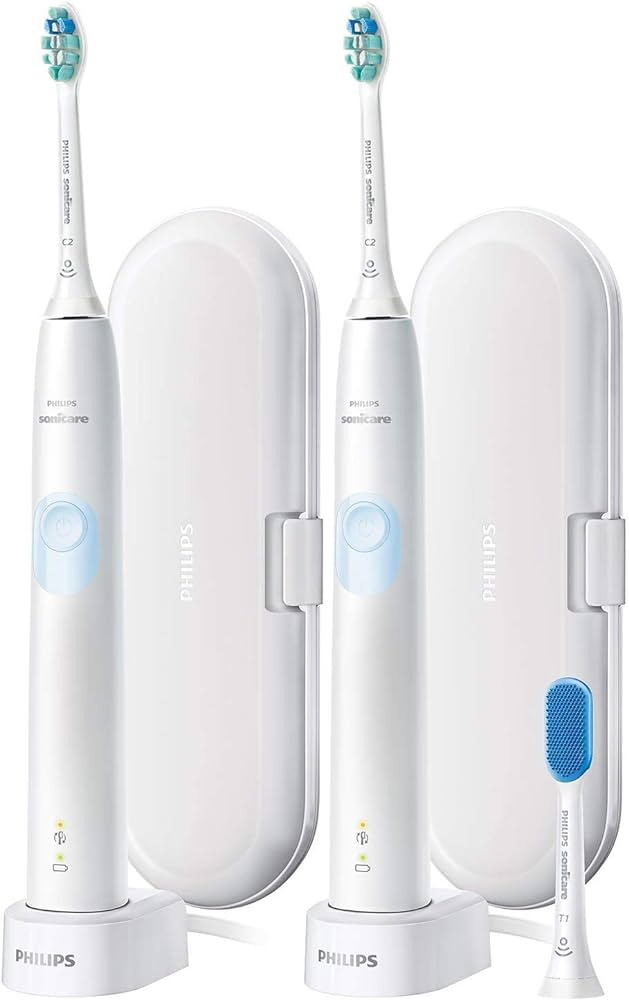
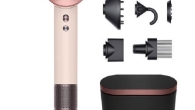
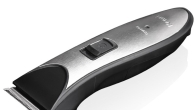


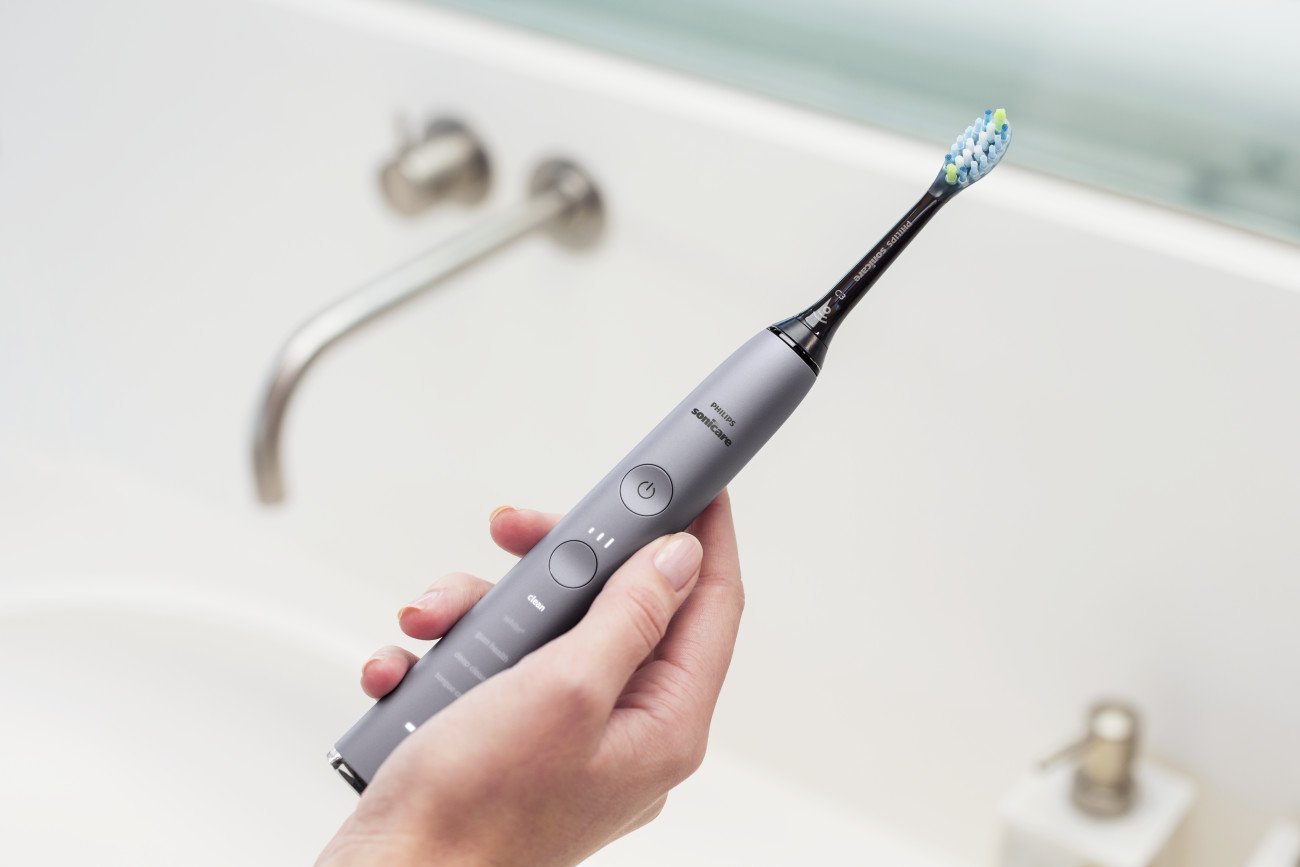
Leave a Reply
You must be logged in to post a comment.